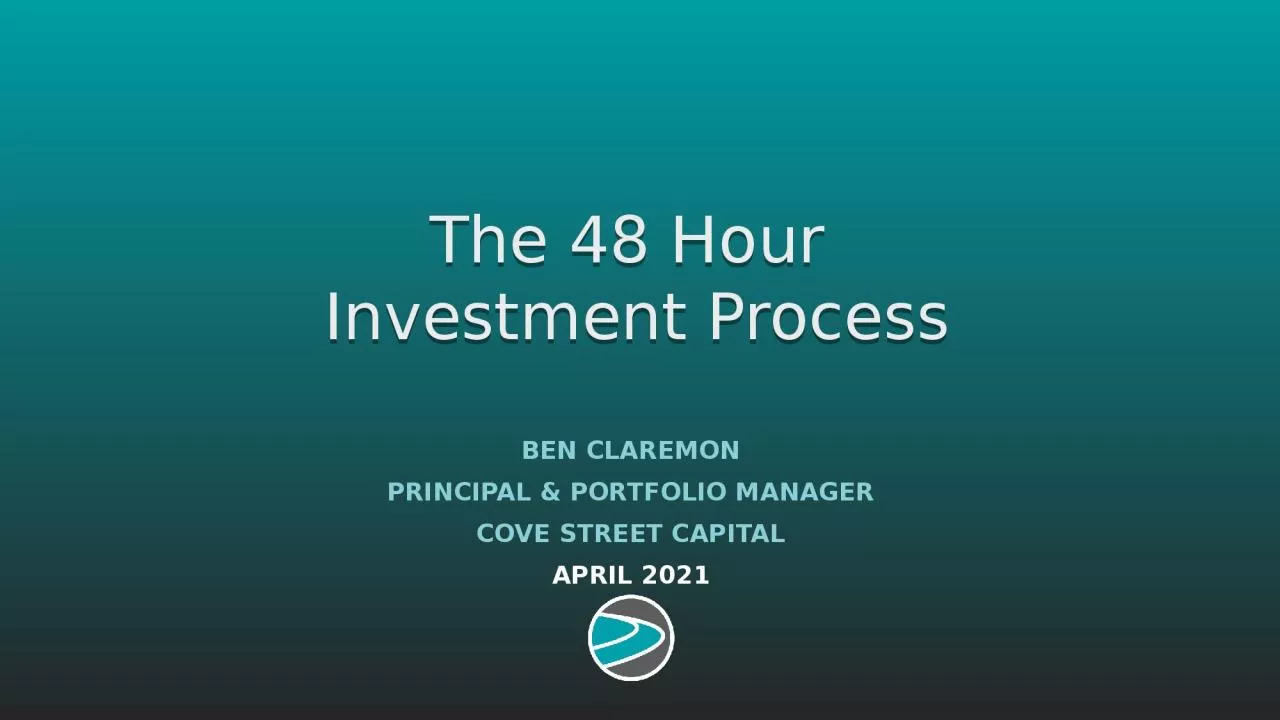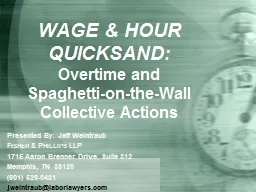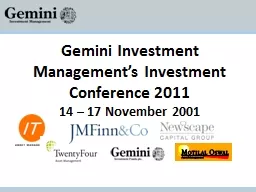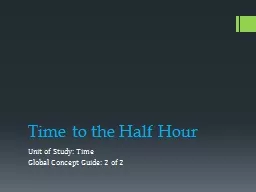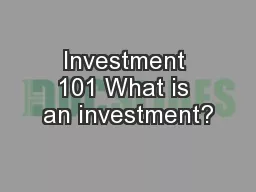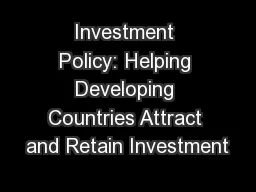PPT-The 48 Hour Investment Process
Author : emma | Published Date : 2023-09-22
Ben claremon Principal amp Portfolio Manager Cove Street Capital April 2021 Safe Harbor The opinions expressed herein are those of Cove Street Capital LLC and are
Presentation Embed Code
Download Presentation
Download Presentation The PPT/PDF document "The 48 Hour Investment Process" is the property of its rightful owner. Permission is granted to download and print the materials on this website for personal, non-commercial use only, and to display it on your personal computer provided you do not modify the materials and that you retain all copyright notices contained in the materials. By downloading content from our website, you accept the terms of this agreement.
The 48 Hour Investment Process: Transcript
Download Rules Of Document
"The 48 Hour Investment Process"The content belongs to its owner. You may download and print it for personal use, without modification, and keep all copyright notices. By downloading, you agree to these terms.
Related Documents

